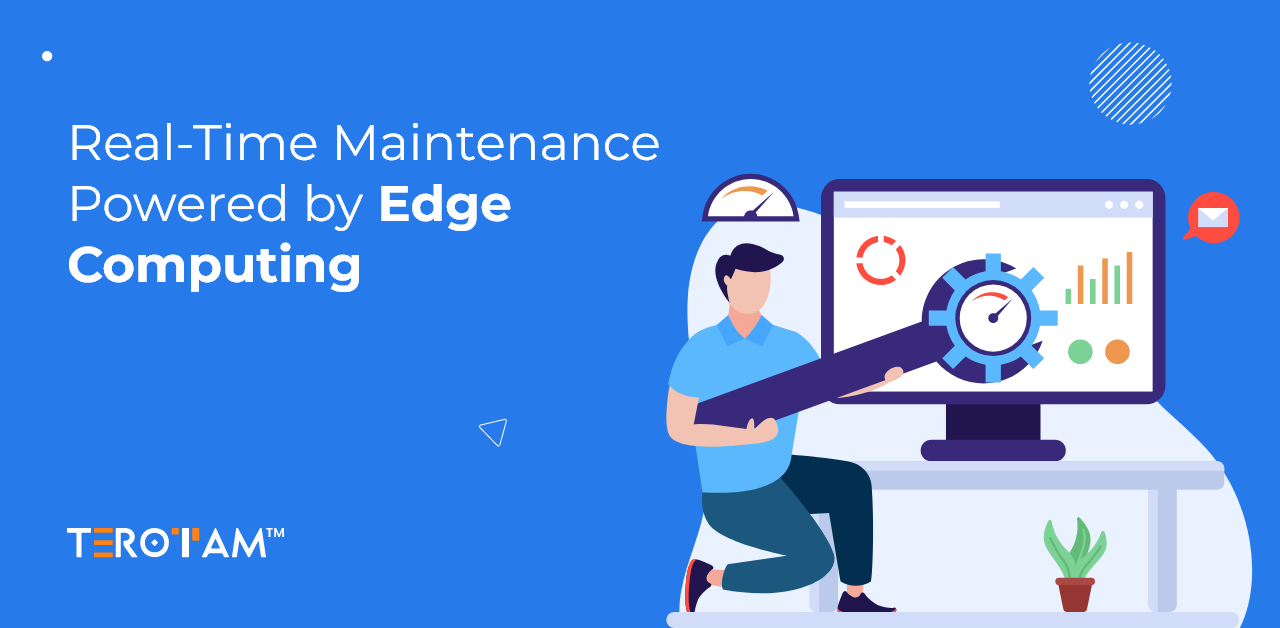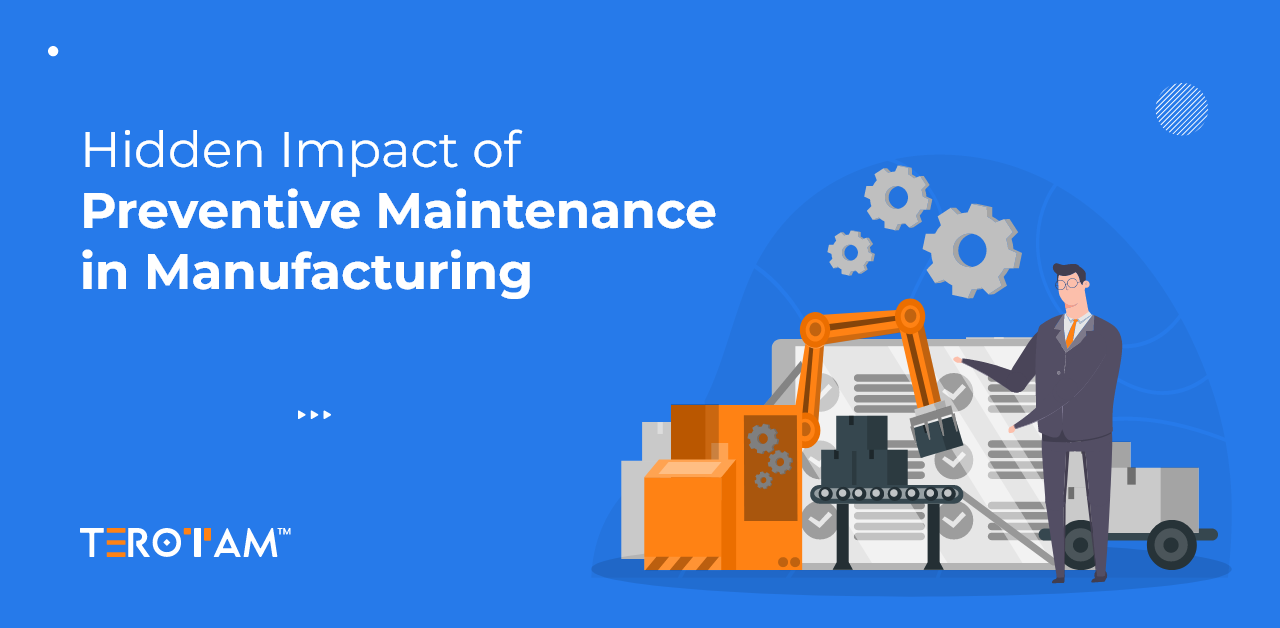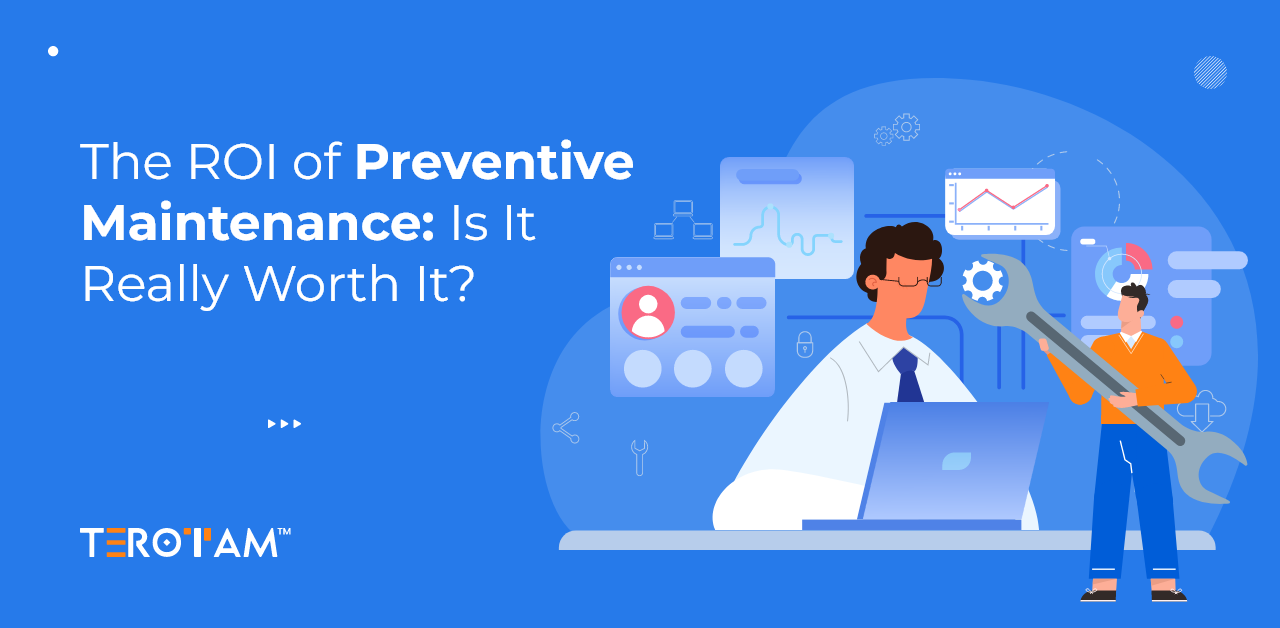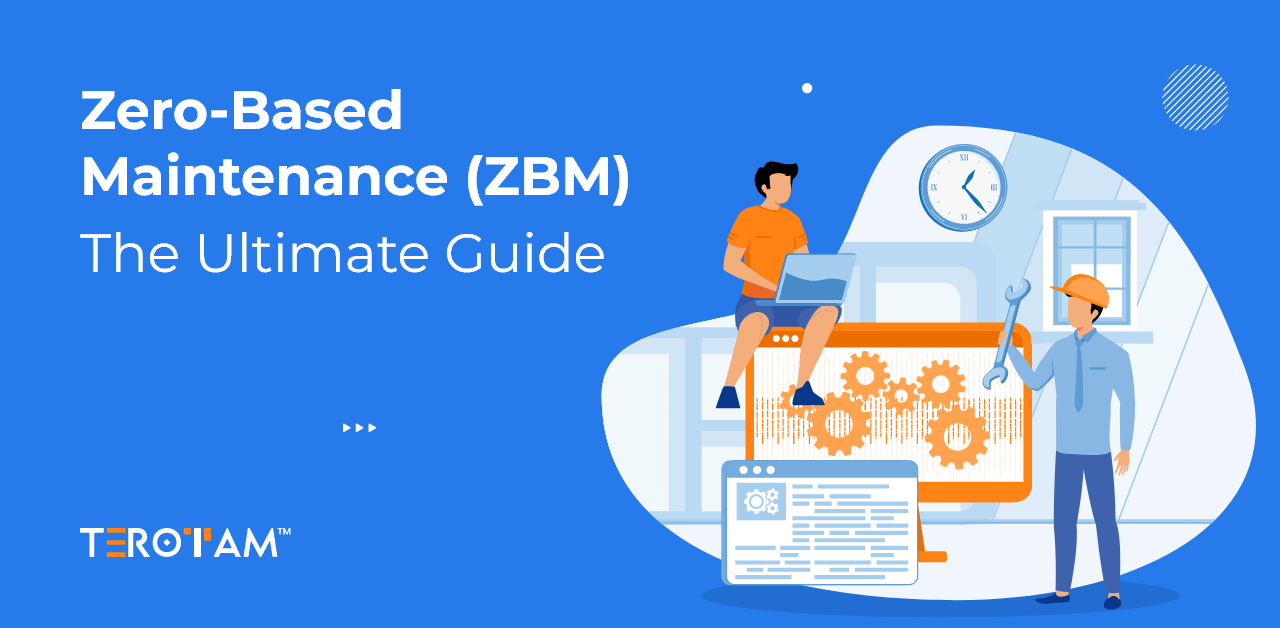Industries that rely on continuous operations — such as manufacturing, utilities, transportation, and oil & gas — can lose millions from unplanned downtime. Traditional preventive maintenance schedules reduce risk, but they often depend on delayed data analysis, limiting the ability to respond instantly when conditions change.
Edge computing addresses this limitation by processing data directly at or near the equipment. Instead of sending every reading to a distant data centre or cloud platform, smart devices at the “edge” analyse sensor input in real time, trigger alerts, and even take immediate corrective actions. This approach is particularly effective in real-time preventive maintenance, where seconds can make the difference between a routine fix and a costly failure.
This article explores what edge computing means for preventive maintenance, how it works, its key components, challenges, and industry-proven best practices for implementation.
What is edge computing in preventive maintenance?
Edge computing in preventive maintenance is the practice of processing and analysing equipment data directly at or near the source — such as on smart sensors, PLCs, or industrial gateways — rather than sending all raw data to a central cloud or data centre. This approach reduces latency, allowing maintenance teams to detect and respond to anomalies in real time, which is critical for preventing equipment failures in fast-paced industrial environments.
In this setup, industrial IoT sensors capture parameters like vibration, temperature, current, or pressure, and edge devices run algorithms or rule-based logic to interpret these readings instantly. By performing local analysis, the system can filter out irrelevant noise, identify meaningful trends, and trigger alerts or actions without depending on constant network connectivity.
The main advantage for preventive maintenance is the ability to catch early warning signs — such as bearing wear, thermal overload, or lubrication issues — before they escalate into costly breakdowns. Processing data at the edge not only shortens reaction time but also reduces network bandwidth usage and cloud storage costs, making it both operationally efficient and technically robust.
How does it work in a maintenance environment?
In a maintenance setup, edge computing acts as the decision-making layer between industrial assets and central monitoring systems. Instead of sending every data point to a remote cloud for analysis, information is processed locally on devices located within the facility or directly on the machine. This enables rapid fault detection, immediate corrective action, and reduced dependency on network availability.
- Data acquisition from sensors – Industrial IoT sensors such as accelerometers, RTDs, current transformers, and acoustic detectors capture parameters like vibration, temperature, electrical load, and noise patterns. These measurements are often high-frequency and continuous.
- Local data processing at the edge – Edge gateways or embedded controllers collect these readings and perform operations like filtering, smoothing, and feature extraction (for example, RMS vibration values, temperature deviations, or energy consumption changes). This eliminates random noise and prepares clean input for analysis.
- On-device analytics and anomaly detection – Algorithms or lightweight models running on the edge device compare current readings to baseline conditions. They identify variations such as increasing vibration trends, temperature spikes, or irregular electrical draw that indicate developing faults.
- Immediate response and event logging – When an abnormal condition is confirmed, the system can trigger automatic actions such as reducing machine speed, switching to standby equipment, or activating alarms. The incident is logged locally with detailed parameters and timestamps for maintenance records.
- Selective data transfer to central systems – Only summarised results, alerts, and relevant time-series samples are sent to the CMMS or central analytics platform. This minimises bandwidth use while ensuring that higher-level analysis and long-term trend monitoring remain possible.
Key components of edge-based preventive maintenance system
Edge-based preventive maintenance relies on a combination of hardware, software, and connectivity tools that work together to monitor, analyse, and respond to equipment conditions in real time. Each component plays a distinct role in ensuring the system can detect early signs of wear or faults, process data locally, and take immediate action without relying entirely on cloud infrastructure.
Sensors and data acquisition
- Vibration sensors detect imbalance, bearing wear, or misalignment.
- Temperature probes monitor heat build-up in motors, gearboxes, or bearings.
- Current sensors identify electrical anomalies like overload or phase imbalance.
- Acoustic sensors capture early signs of leaks or cavitation in pumps.
Edge compute devices and analytics engines
- Industrial IoT gateways for local data aggregation and processing.
- Embedded processors in smart sensors for first-level analytics.
- Machine learning models optimised for limited processing power at the edge.
Connectivity and data flow
- Wired Ethernet or industrial wireless for reliable, low-latency communication.
- Secure VPN tunnels for transmitting sensitive data.
- Fallback offline mode for continued monitoring during connectivity loss.
Central orchestration and CMMS integration
- Cloud or on-premise servers handle model training and fleet-wide analytics.
- Integration with Computerised Maintenance Management Systems (CMMS) ensures detected issues generate actionable work orders.
- Central dashboards provide aggregated asset health views for management.
Implementation challenges and solutions
Adopting edge computing for preventive maintenance can bring technical and operational challenges, but these can be managed with proper planning.
Limited compute capacity at the edge
Challenge: Edge devices have less processing power than cloud servers.
Solution: Use lightweight analytics models and push only inference logic to the edge, keeping complex model training in the cloud.
Minimising false positives
Challenge: Excessive alerts can overwhelm technicians.
Solution: Calibrate thresholds carefully, use multi-sensor validation, and refine models based on historical failure patterns.
Remote device management
Challenge: Updating firmware and models manually is time-consuming.
Solution: Deploy secure over-the-air (OTA) updates with rollback options to maintain reliability.
Data security and governance
Challenge: Sensitive operational data must remain protected.
Solution: Use encryption, role-based access control, and compliance audits to safeguard data.
Best practices for deploying edge computing in preventive maintenance
Deploying edge computing for preventive maintenance requires aligning hardware capabilities, analytics frameworks, and network architecture to handle real-time industrial data processing. The objective is to achieve ultra-low latency monitoring, localized decision-making, and reliable predictive insights without overloading central systems. Careful consideration of hardware specifications, communication protocols, and redundancy strategies ensures consistent performance across varied operational environments.
- Select industrial-grade edge hardware – Use devices with high processing power, extended temperature tolerance, and vibration resistance for harsh environments.
- Leverage standardized communication protocols – Adopt OPC UA, MQTT, or Modbus for seamless integration between sensors, controllers, and edge nodes.
- Implement distributed analytics models – Run AI/ML algorithms locally to detect anomalies before transmitting data to the central system.
- Ensure deterministic network performance – Deploy low-latency, high-bandwidth connections to avoid packet loss and processing delays.
- Incorporate redundant edge nodes – Set up failover systems to maintain analytics and monitoring during device outages.
- Establish secure device identity management – Use certificates and encryption to prevent unauthorized device connections.
- Integrate with existing maintenance orchestration tools – Sync edge data streams with CMMS or EAM systems for automated work order creation.
- Enable firmware and analytics model updates over-the-air – Maintain system accuracy and security without manual intervention.
- Continuously benchmark system performance – Track latency, throughput, and alert accuracy to refine deployment and processing logic.
Conclusion
Edge computing enables real-time preventive maintenance by bringing analytics closer to the machines, reducing detection time, cutting downtime, and improving equipment lifespan. When combined with CMMS integration, secure connectivity, and continuous performance optimization, it becomes a powerful tool for industrial maintenance teams.
For industries where downtime means lost revenue, integrating edge computing into preventive maintenance is no longer optional — it’s a competitive necessity.
For a tailored edge computing maintenance strategy for your facility, write us at contact@terotam.com








